Common Signs of Bad Shrimp

Common Signs of Bad Shrimp:
1. Visual indicators include slimy texture, discoloration, or mold growth.
2. Foul odors like ammonia or a strong fishy smell suggest spoilage.
3. Fresh shrimp should have a firm texture, while bad shrimp may feel mushy or soft.
4. Check for expiration dates on shrimp packaging and avoid consuming shrimp past the date.
5. Properly store shrimp in airtight containers in the refrigerator to maintain freshness.
6. Always handle shrimp with clean hands and utensils to prevent contamination.
Common visual indicators of spoiled shrimp
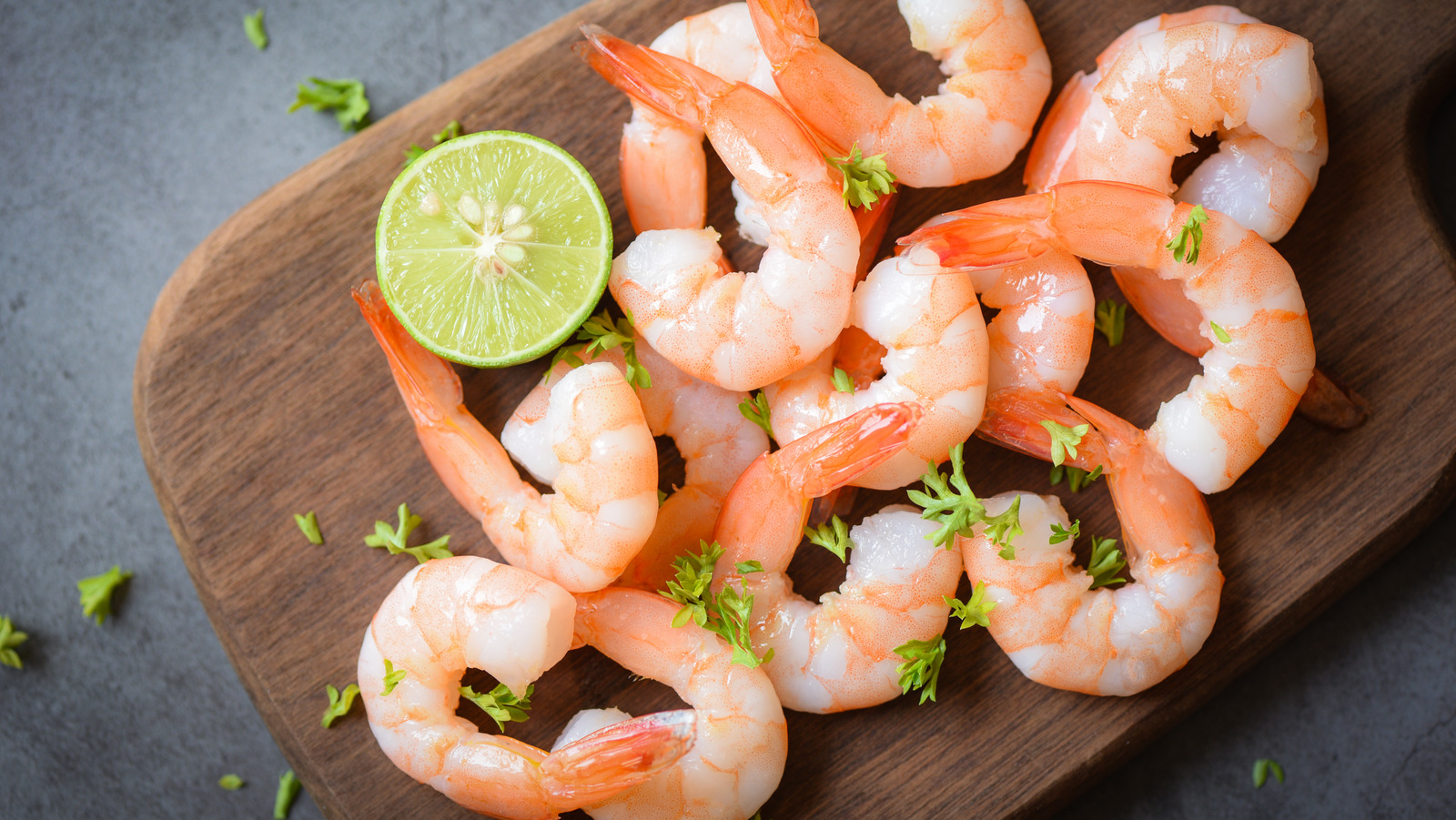
Some common visual indicators of spoiled shrimp include a slimy texture, discoloration (such as gray or black spots), and the presence of mold. Fresh shrimp should have a vibrant color and a translucent appearance. Any unusual colors like green, yellow, or blue suggest deterioration. Additionally, if there are any visible abnormalities or patches on the shrimp, it is best to avoid consuming it. It is important to visually inspect shrimp before consuming to ensure its freshness and quality.
Common odors associated with bad shrimp
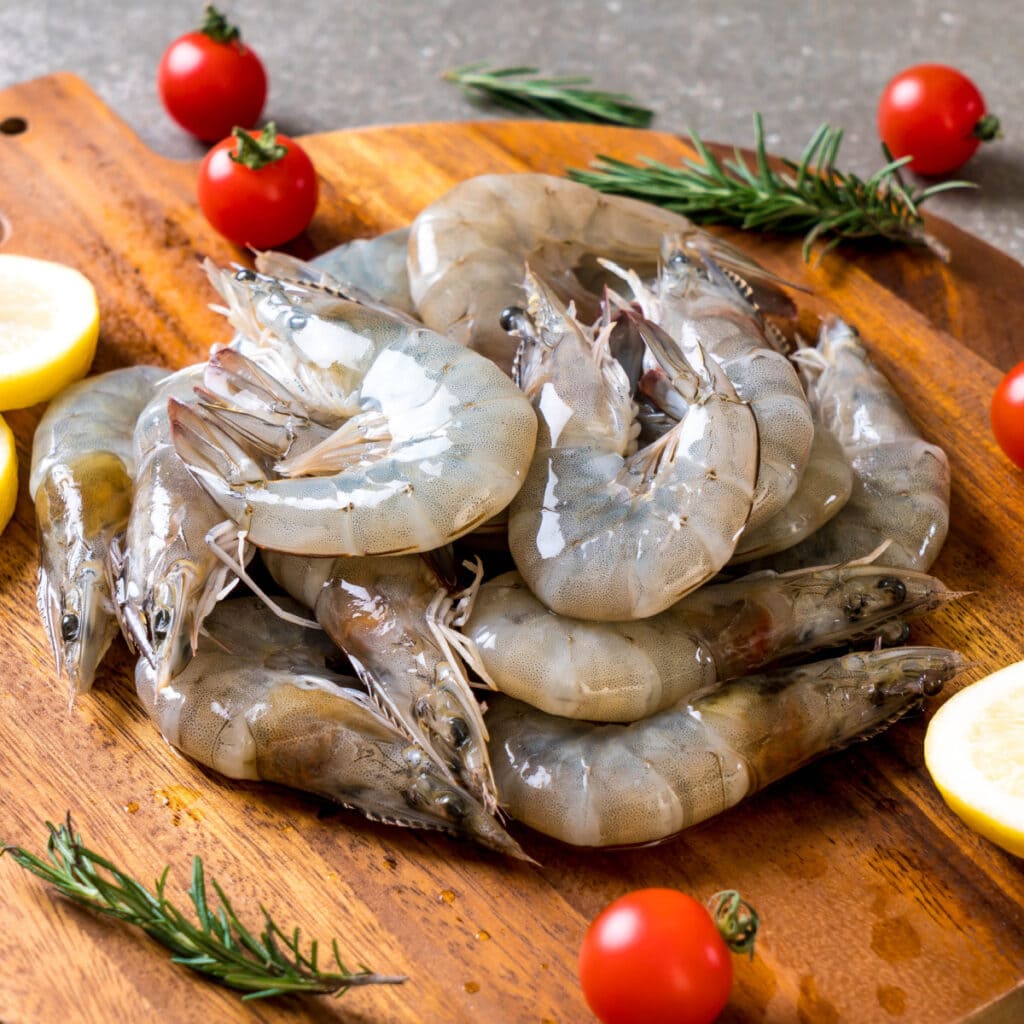
When it comes to identifying bad shrimp, one of the key indicators is the presence of common odors associated with spoilage. Bad shrimp may emit an unpleasant or fishy odor, which can indicate that the shrimp has been stored for too long or has been contaminated by bacteria. If you notice a strong, off-putting smell coming from the shrimp, it is best to avoid consuming it to prevent any potential foodborne illnesses. Trust your sense of smell when it comes to assessing the freshness of shrimp.
Understanding Shrimp Freshness

When it comes to understanding shrimp freshness, there are a few key factors to consider. First, look for shrimp that has a firm texture and appears translucent. Fresh shrimp should also have a mild sea-like odor, as opposed to a strong fishy smell. Additionally, check for any discoloration or sliminess on the shrimp, as these can be signs of spoilage. To maintain shrimp freshness, it is important to store them properly by keeping them chilled and consuming them within a few days of purchase. By taking these steps, you can ensure that you are enjoying fresh and safe shrimp.
Factors that determine shrimp freshness

To determine shrimp freshness, several factors come into play. First, consider the texture of the shrimp. Fresh shrimp should have a firm texture and appear translucent. Next, take note of the smell. Fresh shrimp should have a mild sea-like odor, not a strong fishy smell. Additionally, check for any discoloration or sliminess on the shrimp, as these can be signs of spoilage. Storing shrimp properly by keeping them chilled and consuming them within a few days of purchase also contributes to their freshness. By considering these factors, you can ensure that you are enjoying fresh and safe shrimp.
How to properly store shrimp to maintain freshness

To properly store shrimp and maintain its freshness, follow these steps:
- Keep it chilled: Store raw shrimp in the refrigerator at a temperature of 40°F or below. This helps to slow down bacterial growth and extend its freshness.
- Use proper packaging: Place shrimp in an airtight container or zip-top bag to protect it from exposure to air, which can cause spoilage.
- Avoid cross-contamination: Keep raw shrimp separate from other foods, especially those that won't be cooked. Use separate cutting boards and utensils to prevent the spread of harmful bacteria.
- Consume within a few days: Shrimp is best when consumed within 1-2 days for raw shrimp and 3-4 days for cooked shrimp. Be mindful of the expiration dates and consume them before they spoil.
By following these storage guidelines, you can ensure that your shrimp remains fresh and safe to consume.
Checking Shrimp Expiration

To ensure the freshness and quality of shrimp, it is crucial to check the expiration dates on the packaging. Look for clear and legible dates, such as the sell-by or use-by dates. If the shrimp has passed its expiration date, it may have a stronger fishy odor and a slimy texture, indicating spoilage. Consuming expired shrimp can lead to foodborne illnesses, so it is best to discard it. Prioritize your safety by always checking and adhering to the expiration dates when consuming seafood.
How to check expiration dates on shrimp packaging
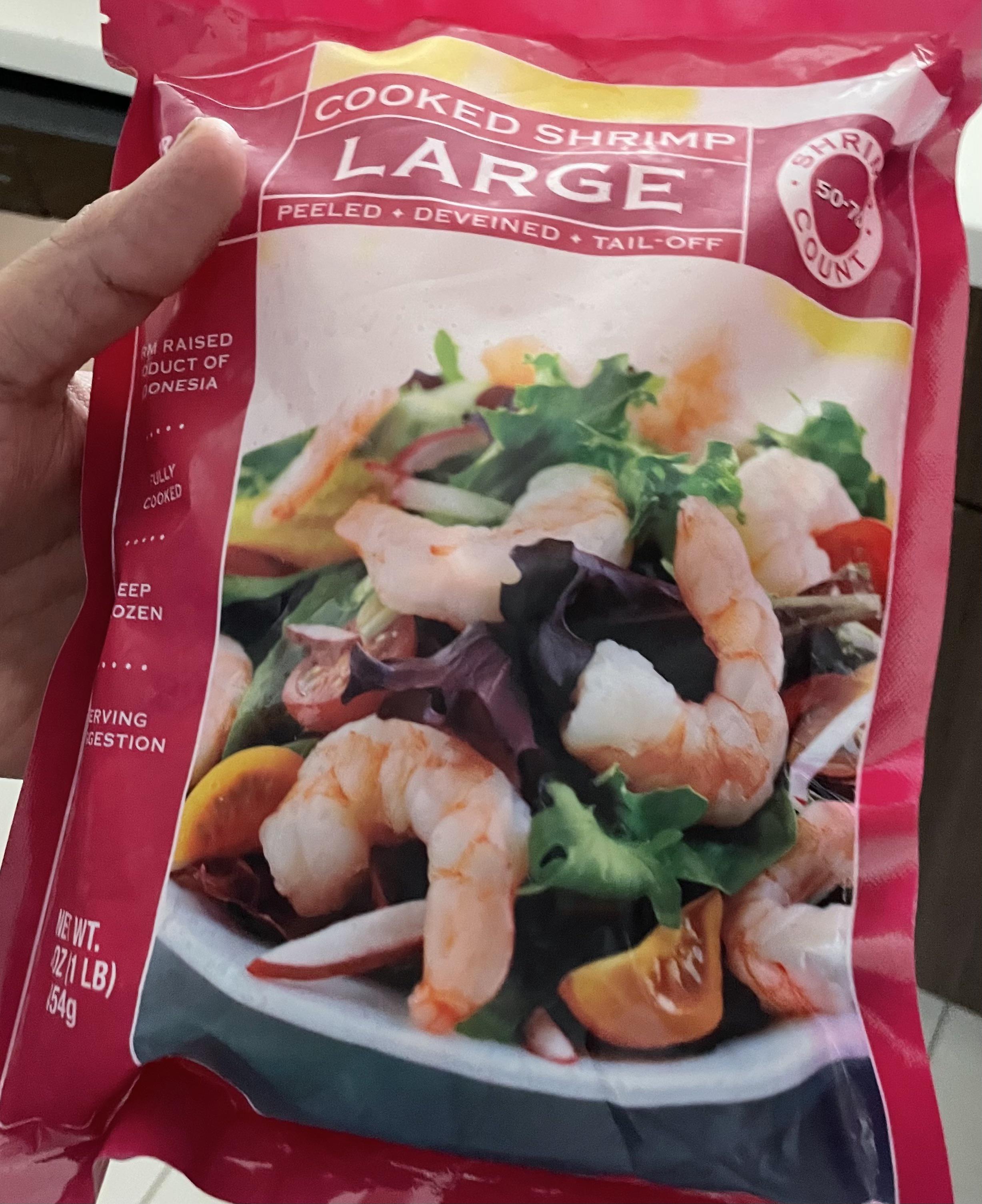
Checking the expiration date on shrimp packaging is crucial to ensure its freshness. To do this, look for the sell-by or use-by date on the packaging. Make sure the date is clear and legible. If the shrimp has passed its expiration date, it may have a stronger fishy odor and a slimy texture, indicating spoilage. It is important to discard expired shrimp to avoid foodborne illnesses. Always prioritize your safety by checking and adhering to the expiration dates when consuming seafood.
The importance of adhering to expiration dates
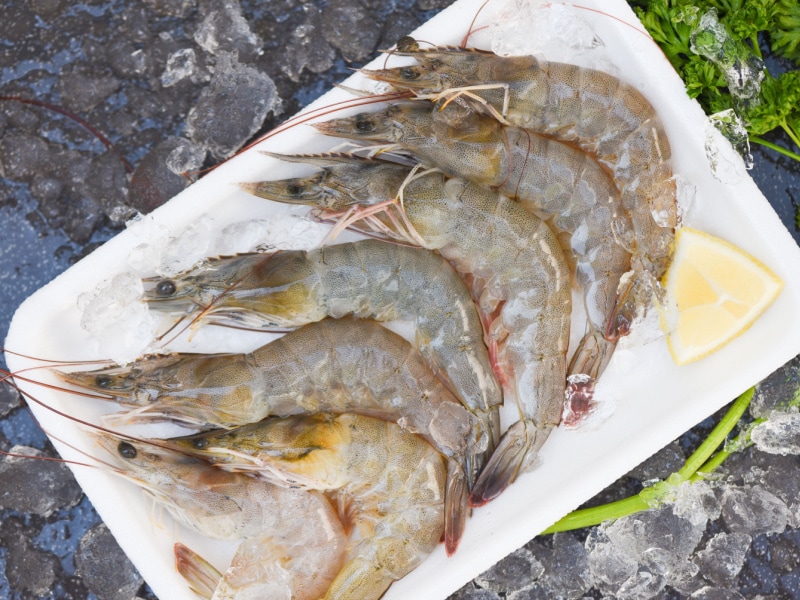
Adhering to expiration dates is crucial for ensuring the safety and freshness of shrimp. Expired shrimp can pose health risks due to bacterial growth and spoilage. It is essential to check the sell-by or use-by date on the shrimp packaging and discard any shrimp that has passed its expiration date. This helps to prevent foodborne illnesses and ensures that you are consuming high-quality seafood. Always prioritize your safety and adhere to the expiration dates when consuming shrimp or any other seafood.
Detecting Spoiled Shrimp Through Texture
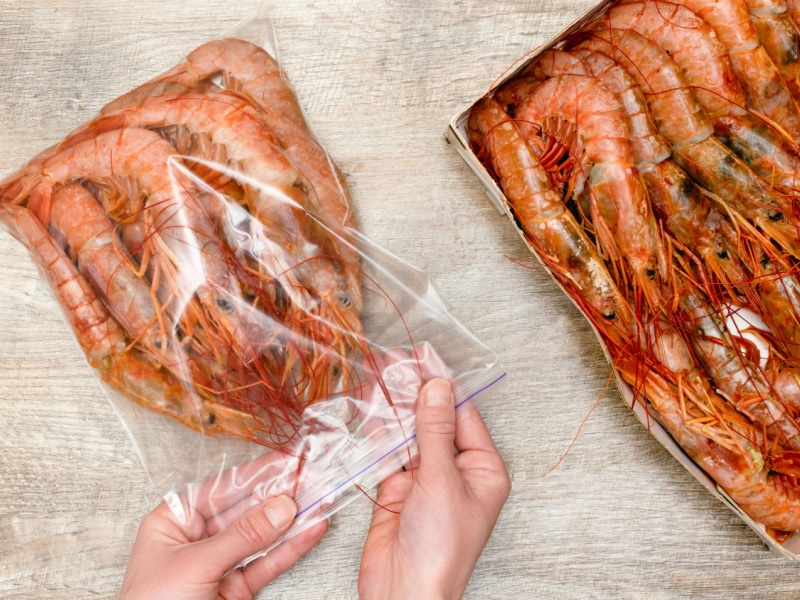
When it comes to detecting spoiled shrimp, texture plays a crucial role. Fresh cooked shrimp should have a firm and slightly springy texture to the touch. If it feels slimy or mushy, it's a clear sign that it has gone bad. Additionally, pay attention to any changes in texture, such as a rubbery or gritty consistency, as these can also indicate spoilage. By being mindful of the texture of your shrimp, you can easily identify if it's still safe to consume.
Texture changes in spoiled shrimp

When shrimp spoil, their texture undergoes noticeable changes. Instead of a firm, springy feel, spoiled shrimp will become slimy or mushy to the touch. Additionally, they may develop a rubbery or gritty consistency. These texture changes are clear indicators that the shrimp is no longer safe to consume. It's important to be vigilant and pay attention to any unusual textures when assessing the freshness of shrimp. By doing so, you can avoid the risk of consuming spoiled seafood.
How to identify texture differences in fresh vs. bad shrimp

Texture is a key indicator of shrimp freshness. Fresh shrimp should have a firm and slightly resilient texture, while spoiled shrimp will feel slimy, mushy, or gritty. To identify texture differences between fresh and bad shrimp, gently touch or press the shrimp. Fresh shrimp will retain their shape and not easily crush, while spoiled shrimp may be squishy or easily break apart. Paying attention to these texture changes can help ensure you only consume safe and fresh seafood.
Safe Handling Practices
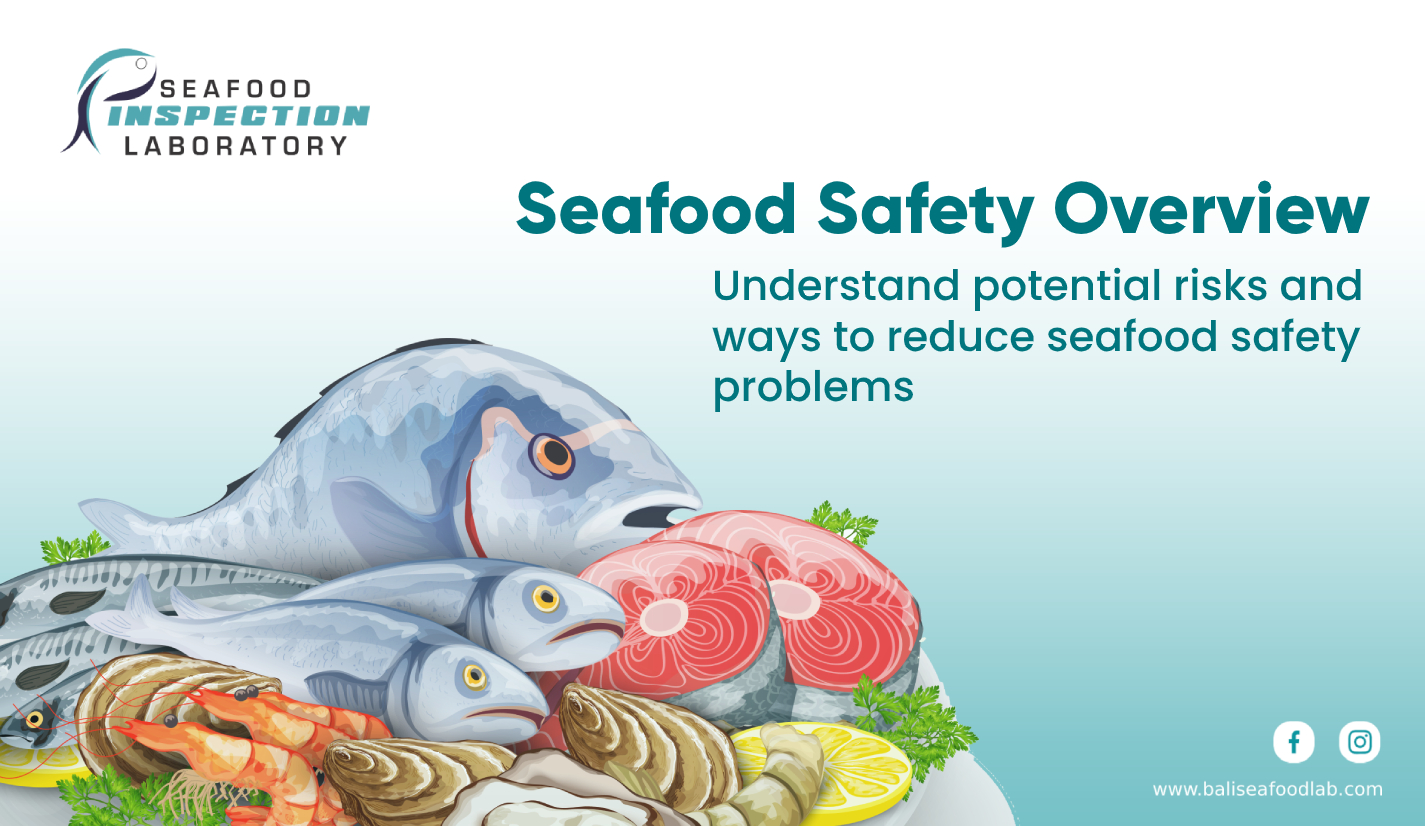
Safe Handling Practices
Proper handling techniques are essential to prevent shrimp spoilage and maintain seafood safety. Follow these steps to ensure safe handling:
- Always wash your hands thoroughly before and after handling shrimp.
- Keep shrimp refrigerated at a temperature below 40°F (4°C) to slow bacterial growth.
- Avoid cross-contamination by using separate cutting boards and utensils for raw and cooked shrimp.
- Cook shrimp to an internal temperature of 145°F (63°C) to kill any harmful bacteria.
- If you're marinating shrimp, do it in the refrigerator and discard any leftover marinade.
- Don't leave cooked shrimp at room temperature for more than 2 hours.
By following these safe handling practices, you can enjoy fresh and safe shrimp without the risk of foodborne illness.
Proper handling techniques to prevent shrimp spoilage

Proper handling techniques are essential to prevent shrimp spoilage and maintain seafood safety. Follow these steps to ensure safe handling:
- Always wash your hands thoroughly before and after handling shrimp.
- Keep shrimp refrigerated at a temperature below 40°F (4°C) to slow bacterial growth.
- Avoid cross-contamination by using separate cutting boards and utensils for raw and cooked shrimp.
- Cook shrimp to an internal temperature of 145°F (63°C) to kill any harmful bacteria.
- If you're marinating shrimp, do it in the refrigerator and discard any leftover marinade.
- Don't leave cooked shrimp at room temperature for more than 2 hours.
By following these safe handling practices, you can enjoy fresh and safe shrimp without the risk of foodborne illness.
Tips for avoiding contamination during shrimp preparation
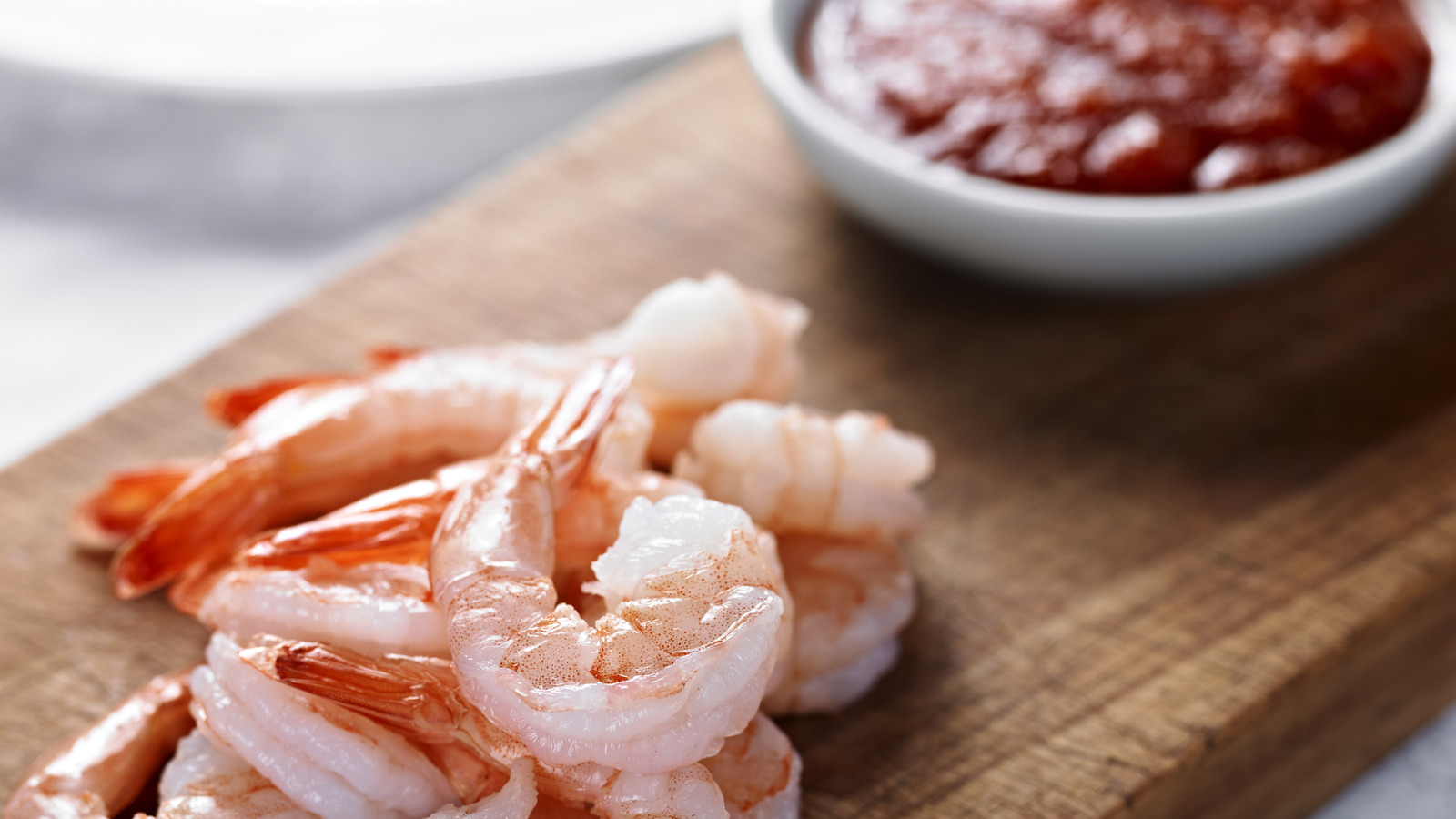
- Use separate cutting boards and utensils for raw and cooked shrimp to prevent cross-contamination.
- Thoroughly wash all utensils, cutting boards, and surfaces with hot, soapy water after each use.
- Avoid using the same marinade for raw and cooked shrimp. If marinating shrimp, do it in the refrigerator and discard any leftover marinade.
- Cook shrimp to an internal temperature of 145°F (63°C) to ensure they are thoroughly cooked and safe to consume.
- Store cooked shrimp in a separate container, away from raw or uncooked foods, to prevent cross-contamination.
- When defrosting frozen shrimp, do so in the refrigerator or by using the defrost function on your microwave. Avoid thawing shrimp at room temperature.
By following these tips, you can reduce the risk of bacterial contamination and ensure the safety of your shrimp preparations.
Conclusion

When it comes to identifying bad shrimp, there are several common signs to look out for. Visual indicators include dryness, black spots on the shells, and a lack of translucency. Unpleasant odors, such as an ammonia-like smell, can also indicate spoilage. To ensure the freshness of shrimp, it's important to properly store them in the refrigerator, check for expiration dates on packaging, and adhere to safe handling practices. By following these guidelines, you can confidently determine the quality of your shrimp and ensure seafood safety.
Key takeaways on identifying bad shrimp

Key Takeaways on Identifying Bad Shrimp
- Visual indicators of spoiled shrimp include dryness, black spots on shells, and lack of translucency.
- Unpleasant odors, such as an ammonia-like smell, may indicate spoiled shrimp.
- Proper storage in the refrigerator and checking expiration dates on packaging are important for shrimp freshness.
- Changes in texture, such as sliminess or mushiness, can be signs of spoiled shrimp.
- Safe handling practices and avoiding contamination during preparation are essential for seafood safety.
Guidelines for ensuring seafood safety in shrimp consumption

When it comes to ensuring seafood safety in shrimp consumption, there are a few guidelines to follow. First, always purchase shrimp from reputable sources and check for proper handling and storage practices. Secondly, ensure that shrimp is cooked thoroughly to kill any potential bacteria or parasites. It's also important to practice good hygiene during preparation, such as washing hands and utensils properly. Lastly, be mindful of any allergies or sensitivities to seafood and avoid cross-contamination. By following these guidelines, you can enjoy shrimp safely and minimize the risk of foodborne illnesses.
DK FAQ MARK
FAQ about Seafood Safety: How to Tell if Shrimp is Bad?
Q: What are the signs that shrimp has gone bad?
A: Some common signs that shrimp has spoiled include a strong ammonia smell, slimy texture, discolored or darkened spots, and a sour or off taste.
Q: How can you tell if cooked shrimp is no longer safe to eat?
A: If cooked shrimp has an unusual odor, a mushy or slimy texture, or if it tastes off, it is best to discard it to avoid food poisoning.
Q: Can you eat shrimp past its expiration date?
A: It is not recommended to eat shrimp past its expiration date as it could pose health risks. Proper storage and handling can help extend the shelf life of shrimp.
Q: How should fresh shrimp be stored to maintain its freshness?
A: Fresh shrimp should be stored in the refrigerator at a temperature below 40°F (4°C) and consumed within 1-2 days of purchase for the best quality.
Q: Is it safe to consume frozen shrimp that has been thawed and refrozen?
A: It is not ideal to refreeze thawed shrimp as it can affect the texture and quality. Once shrimp has been thawed, it is best to cook and consume it within a short period.
Q: Can you wash bad shrimp to make it safe to eat?
A: Washing bad shrimp will not make it safe to eat. It is crucial to properly handle, store, and cook shrimp to prevent foodborne illnesses.

The Finer Diner has a rich history deeply rooted in the Mt. Oliver and Hilltop community. Our journey began with a simple yet ambitious vision – to create a welcoming space where friends and families could come together to enjoy delicious, comforting meals in a classic diner-style setting. Since our establishment, we have been dedicated to serving food, creating lasting memories, and fostering a sense of belonging within our community. Our commitment to quality, authenticity, and exceptional service has been the cornerstone of our success.